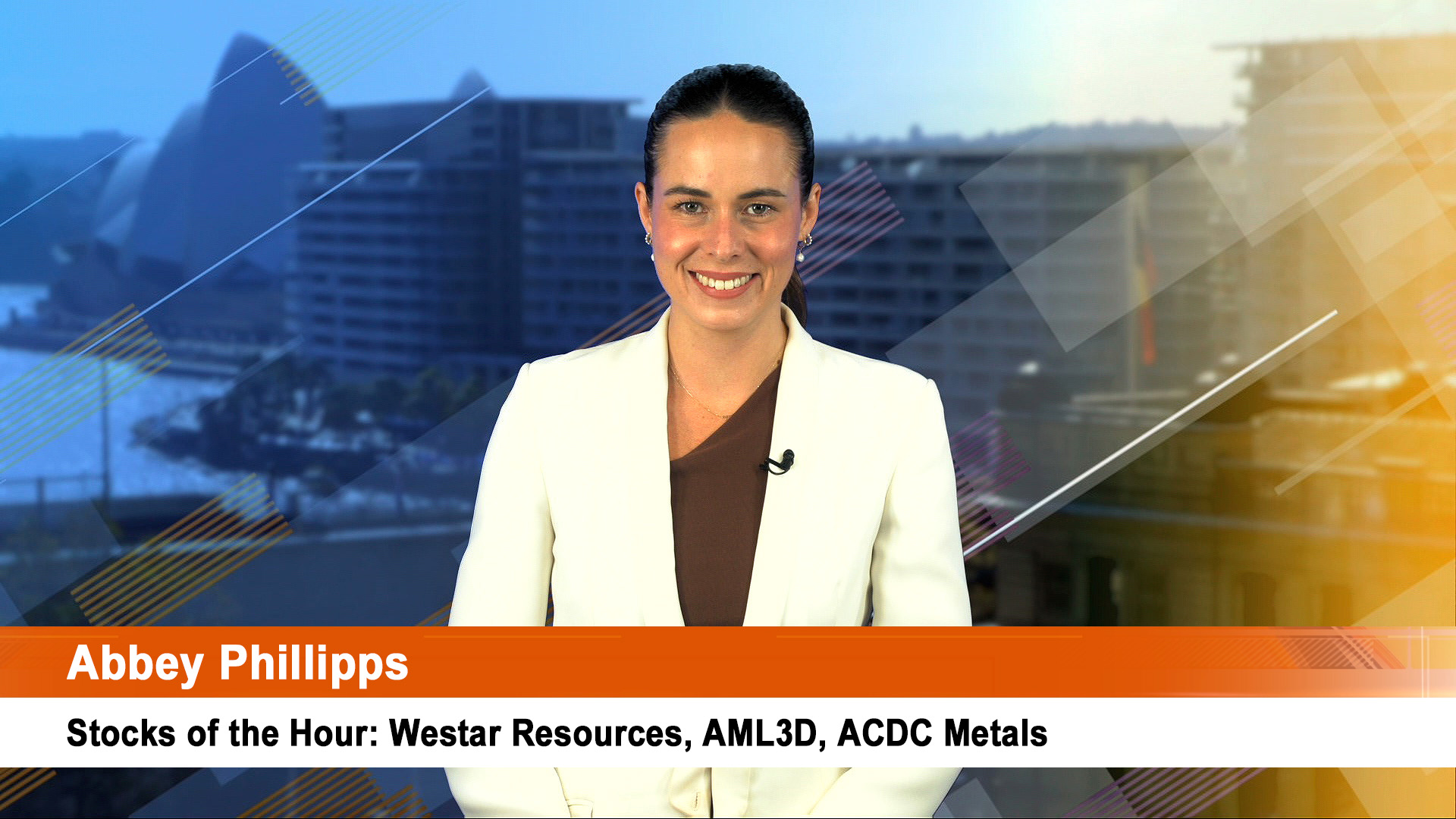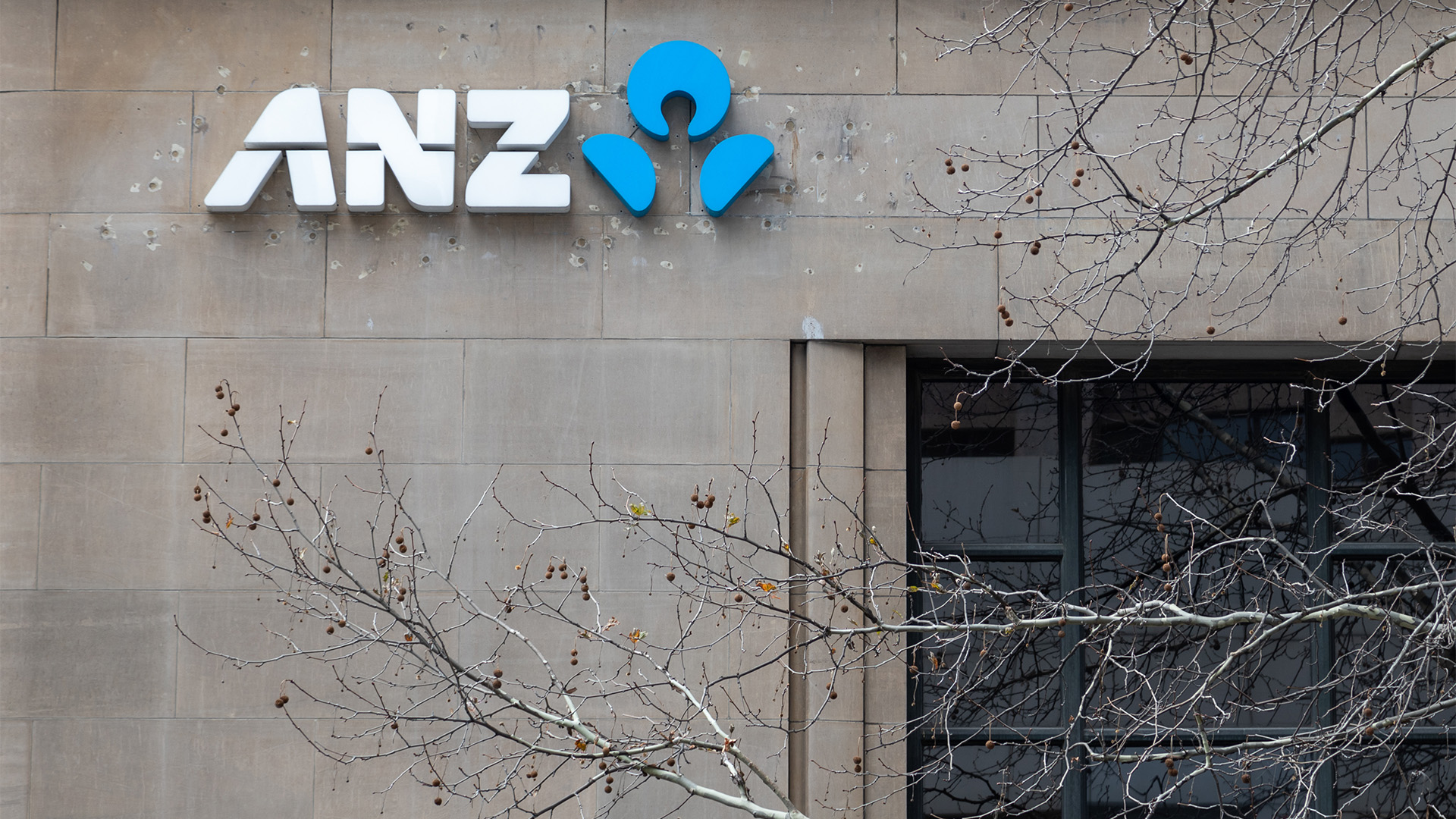The unlikely combination of the lack of a rate cut and the US government shut down sent the Aussie dollar flying over 94 US cents overnight.
It later retreated a touch in US dealings this morning as the government shut down crisis continued and traded around 94 US cents, one of the few beneficiaries of yesterday’s confused dealings here and offshore.
The Aussie market was soft all day yesterday, but markets open in Asia rebounded from Monday’s lows. Tokyo rose solidly.
Markets in Europe followed, led by Italy (up 31.%) as Silvio Berlusconi’s party split on his attempt to bring down the government.
US markets edged higher in subdued trading as around 800,000 employees (of the 2 million employed by the government) didn’t come to work across the nation.
Day 1 of the shutdown ended with no sign of a breakthrough, but increasing tension in the Republican Party.
The monthly survey of US manufacturing helped take the sting from the day’s confusion by revealing a quickening in the pace of expansion
The Institute of Supply Management’s manufacturing index rose to 56.2 in September from 55.7, the highest reading since April 2011. New orders were again strong and the employment part of the index was the highest in 15 months.
Investors in Australia, like those outside the US are just onlookers at the moment to the events in the US.
In that horrible American phrase, we will be ‘collateral damage’ if the situation in America worsens and rattles global markets.
The debt ceiling brawl from October 17 has the capacity to do that – the budget-healthcare brawl at the moment is merely a pipe-opener.
Gold rose in Asia, then started a sharp fall in Europe to be $US40 an ounce lower in US trading where there was no ‘safe haven’ effect to support the metal’s price.
The 3.1% fall took the price of the metal back to two month lows around $US1286.
It later steadied and recovered the $US1290. Investor belief that the shutdown would be short-lived drove the surprise sell off.
The fall means gold miners here, such as Newcrest, face a rough day. On Wall Street Newmont was the biggest faller in the S&P 500 with a drop of 3.2%.
Silver dropped 2.5% and copper was also weaker by 5 cents, or 1.5%, to $US3.27 a pound. It had ended September with a 2.8% gain and the quarter with a gain of 8.7%.
Oil popped higher and then eased in European and Asian trading. Short term US interest rates rose (for the one month note), but were easier elsewhere.
There were signs of a relief rally for the markets now that the partial US government shutdown has actually started.
The partial federal government shutdown would cost an estimated $US300 million a day in lost economic output in the early days of the shutdown, but that will rise the longer it goes on. If it lasts a month (improbable) it could clip fourth quarter group by up to 0.9%, according to most estimates in the US.
According to US firm, Macro Advisers a three-week shutdown translates to 0.5 percentage point of growth. If the shutdown lasted all of October – that is, 4½ weeks – the direct effect would be to reduce GDP growth for the quarter by roughly 0.7 percentage point. Two weeks would clip growth by 0.3%.
If the shutdown continues until Friday, the September jobs report – a vital piece of economic information – will not be completed and not released because the economists and others working on it have been sent home without pay.
That means the Fed won’t look at cutting its spending program until early 2014.
Our market will start cautiously today after drifting and ending slightly lower yesterday amid the uncertainty of the US situation and the RBA decision not to cut interest rates.
Smart investors will start working on the basis that rate cuts have ended in Australia, unless the situation in Washington worsens considerably as the debt ceiling argument is reached around October 17 onwards.
The ASX200 lost 12.1 points, or 0.2$, to 5206.8. The All Ords fell 11.4 points, or 0.2%, to 5206.3.













